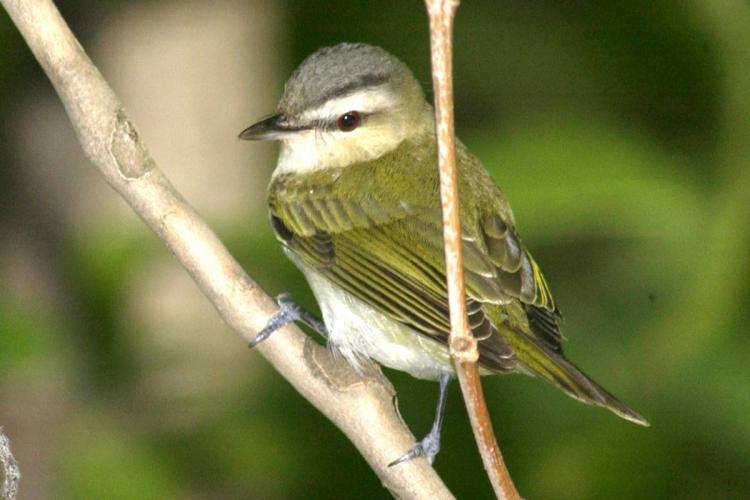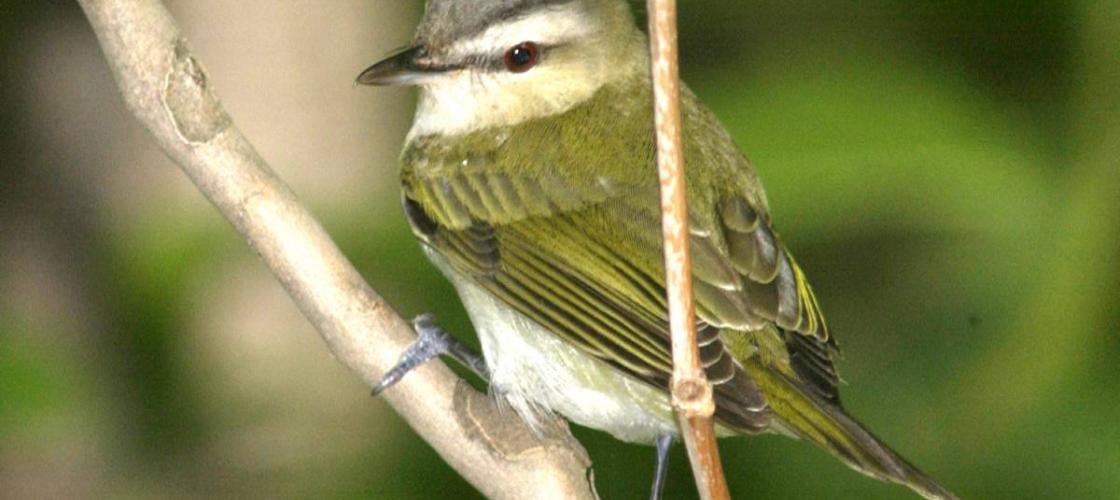No one knows if birds really sing for joy, but we do know they have other good reasons for singing.
Play our Tuesday Tweet videos from Instagram and see if you can guess the bird before the video reveals.
Bird song is a form of advertisement, sending two messages to other birds of the same species. One message is a form of courtship. The singing male tells females he is available. The other message warns competing males to stay out of his nesting territory. Male birds fly about and sing from different perches in their territory to announce their boundaries. This keeps the area from being invaded by competitors and protects the food for their families.
Singing peaks during spring when birds pair off and claim territories. There is great variety among bird songs, from the red-winged blackbird’s trill to the robin’s melodious warbling. Even the noisy hammering of a woodpecker functions like a song. A common forest bird, the red-eyed vireo, may be the champion songster. A dedicated bird-watcher (who apparently had time on his hands) observed a red-eyed vireo singing 22,297 songs within a day.
So, beyond its beauty, bird song is serious business. Without song, most of our common birds could not reproduce.
Birds Got Talent
You’ve likely heard a bird or two singing this spring. But do you know how our avian friends flex their vocal talents?
- The songbird syrinx, or the bird voice box, makes vocal gymnastics possible. The Northern Cardinal is able to sweep through more notes than are on a piano keyboard in just a tenth of a second!
- Because each branch of the songbird syrinx is individually controlled, the cardinal can start its sweeping notes with one side of the syrinx and seamlessly switch to the other side without stopping for a breath, making them the envy of human vocalists everywhere.
- In songbirds, each side of the syrinx is independently controlled, allowing birds to produce two unrelated pitches at once. Some birds even have the ability to sing rising and falling notes simultaneously!
- While some birds hatch knowing the songs they will sing as adults, most have to learn how to communicate effectively. Songbirds begin learning their songs while still in the nest, when nestlings listen to the adults singing around them. Following fledging, young birds attempt to replicate these songs, practicing until they match it.
For more about the bird songs, check out The Cornell Lab’s Bird Academy.


Recent Posts
























